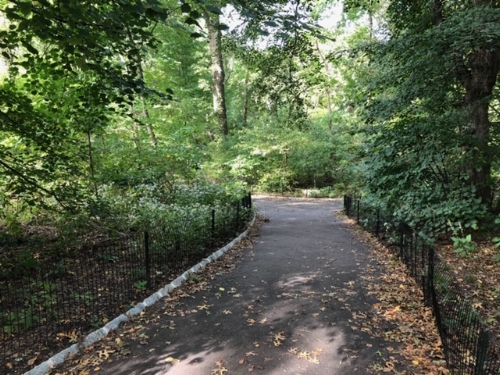Class last week had the theme of purpose and aparigraha. Aparigraha is a sanskrit word from the 8 limbs of yoga. It’s from the yamas and niyamas, which are values and habits that are the backdrop/philosophy behind the yoga practice. Aparigraha is a yama that means non-greed, non-grasping, non-clinging. Through the energy of non-grasping, we sought our unique purpose for the day. The asana practice included poses with resolve.
Students deepened their breath while I read a few words about aparigraha: Yoga is about creating space in the body and mind. When we do a posture, we strive to find our edge, stop a moment, and use the breath to determine if we can go further or if “where we are” is enough for today. When we detach from the messages of our bodies, such as pain, and continue to push forth, we are no longer expanding, but rather contracting and suffering. We are practicing greed. If our intention is to create space, an openness to Grace, then we lessen our needs and wants for things to fill us up. We are in a state of abundance and we are practicing aparigraha.
Students set their intentions and then we did our first hasta mudra, a hand gesture in which the elbows are bent and the palms face the sky. It’s a gesture of non-grasping, of opening ourselves to the moment and to exploring our unique purpose for the day. As students took the shape of hasta mudra, I spoke of allowing the hands to transmit a balanced energy of giving and receiving. I asked students to take a moment to connect fully with themselves and their surroundings, and to say this phrase to themselves: “I open to explore my unique purpose today”.
We moved into a warming flow, held plank for a full minute, weaved in a few more hasta mudras. Students took free time for an inversion of their choice that connected them to a sense of resolve or purpose. Yogis continued to connect to their power, purpose and core in warrior 2, triangle, and half moon with the top foot at the wall to create deep strength and support and maybe a moment of lifting both hands in prayer or a shoulder stretch behind the back. Tree pose revealed our strong foundation and how very present we can be, not needing anything else. A favorite was prasarita padottanasana into parsva konasana. We returned to our resolve in warrior 1 and turned it into flight in warrior 3. Students breathing and quality of attention was amazing.
I want to credit my teacher Amy Ippoliti in the photo and my mentor, Mary Lynn Fitton, for her beautiful teachings on the 8 limbs of yoga. Deep bow, Lynn




